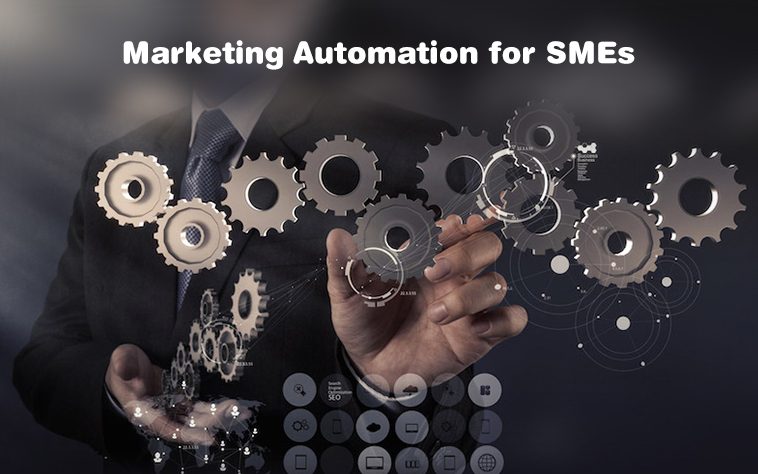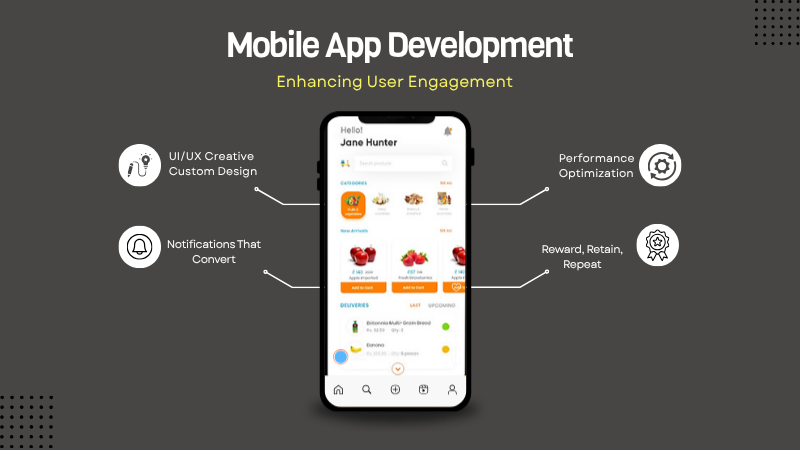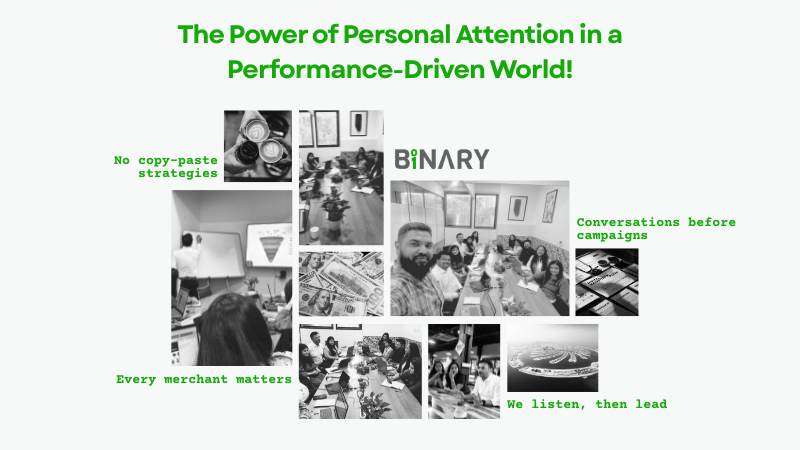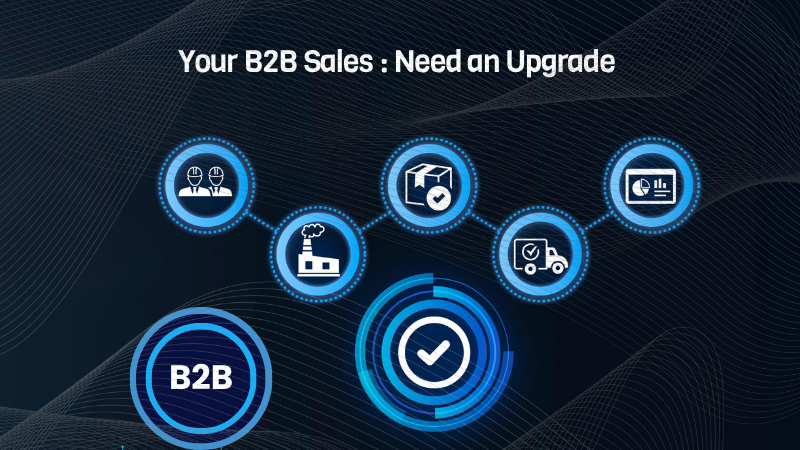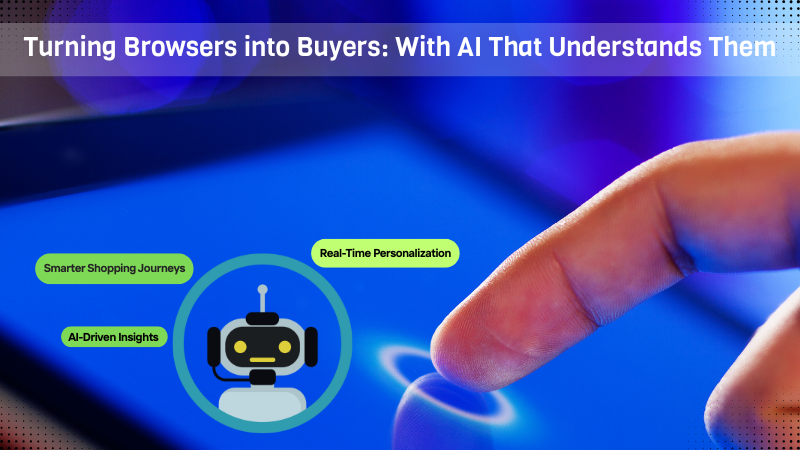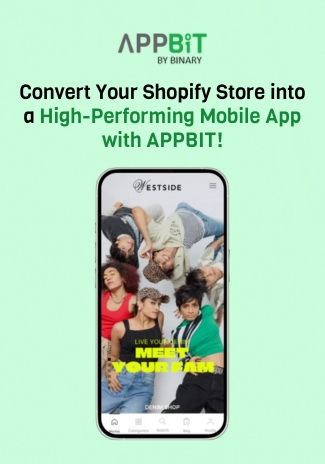Consumers spend a lot of time researching before making a buying decision offline. 37% shoppers state the retailers “get” them through the collective data gathered by varied ongoing campaigns through the social media. Ecommerce generation has come with latest offerings that make customer journey easier that are most crucial factors to keep customers and business attracted. According to C-suite executives four technologies will be the key for marketing successes in the future: a. Cloud computing and services, b. Mobile Solutions, c. IoT and d. Cognitive tools. Lets have a look at some of the marketing trends that are very specific to these four technologies that can be put to right use for enhancing the customer experience in your business:
- Cloud computing and services (marketing automation) – Digital marketing processes involve a lot of steps that are time-consuming. Automation is a cloud-based service that helps to cut down the time on routine marketing tasks. Marketing automation guarantees perfection and optimization of business resource to give good customer experience.
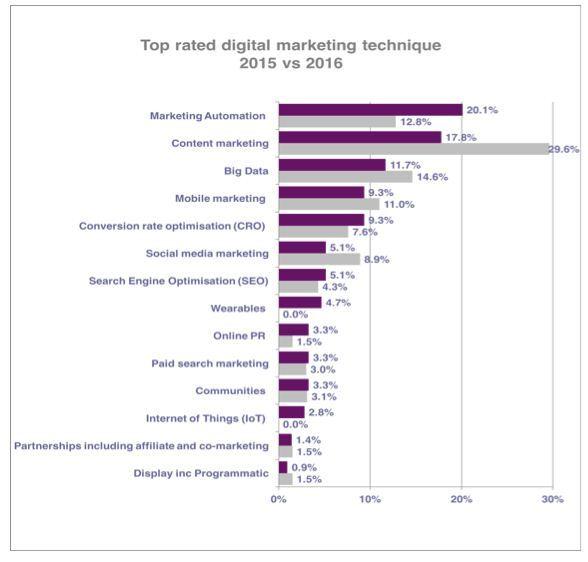
The Grey shade is for 2015 trends and Purple shade is for 2016-2017 trends. SmartInsights study reveals that marketing automation is the top priority for the year 2017; content marketing and big data will follow it. The bigger market players are using Salesforce and Marketo, small businesses can make use of affordable marketing automation tools like ConstantContact and GetResponse, designed for small businesses.
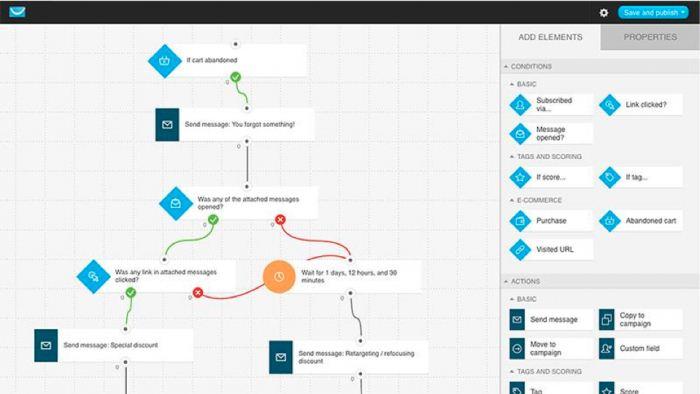
Image Credit – GetResponse
GetResponse gives a unique customer experience with drag and drop workflow planner. With the use of this tool, small businesses can:
Create email-marketing workflow that will enhance UX.
Hosting information webinars.
Build high converting landing pages.
Conducting surveys for target audiences, their needs and expectations.
Integrating shopping cart in email workflow.
Get improvements by analyzing the data.
Utilizing advanced email-marketing features including tagging, scoring and segmenting.
- Mobile solutions – 63% people make use of mobile few times every month to search for customer and product support. How their journey look like with your business? Have you made it easy to get help from you when they use mobile?
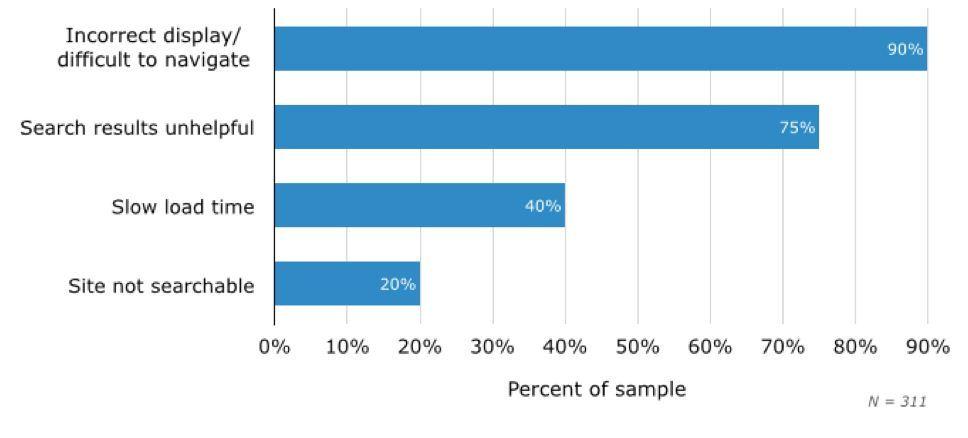 Image Credit: SoftwareAdvice
Image Credit: SoftwareAdvice
The common issues users face while finding customer support are:
Complex navigation through the website
Results after the search are not helpful
Loading time is slow
Website not searchable.
Providing online services or products to consumers would mean making it easy to get support through mobile device. One tool you can use is Zendesk’s Mobile Help Center application that makes your resources easily accessible form mobile devices:
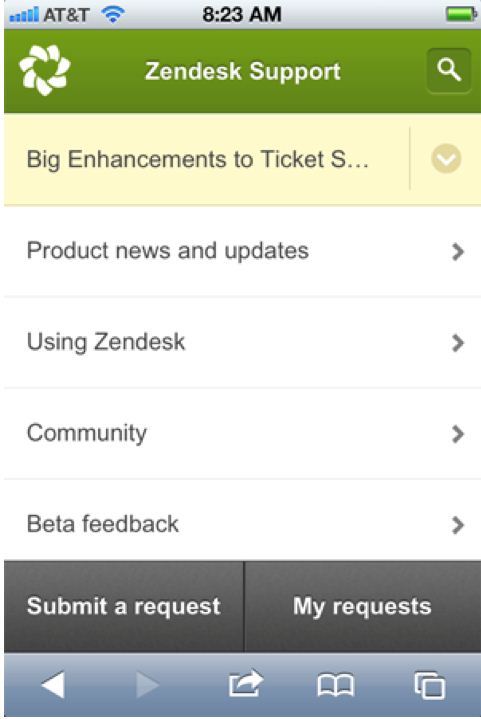
- Internet of Things – IoT allows online and offline connecting through the Internet. This idea is not too common with small-scale businesses hence if you implement it; it’s going to be a great booster against your competitors.
What you can connect and synchronize to impact Customer experience journey?

Image Credit: KESolutions.Biz
Take example of Point Defiance Zoo and Aquarium in Tacoma – the ticket sales increased by a whopping 700% after implementation of analytics technology to combine offline and online marketing activities. The zoo is planning to come up with mobile ticketing in future, so visitors can “check-in” at exhibits there by improving the UX. Small retailers can make use of sensors monitoring the foot traffic and customer behavior in-store. When all of these sales data are combined, great findings are emerged that have ability to influence UX.
A customer standing at the airport waiting for carousel to deliver his bag getting a light bulb moment thinks, of being notified by Bluetooth when the bag is about to arrive – is the perfect IoT thinking in action.
How can you combine sensors in an offline world to improve things for your customers or create new products or service offerings?
- Cognitive Tools – Using the customer behavior to improve the experiences. Cognitive skills impersonate the way human brain works. It is a smart machine that acts and thinks like human. The tools that originate from cognitive computation can turn the data into powerful insights. Cognitive skills can be used by small businesses for analytics and predictions to access consumer data that gets created daily to understand and learn from it. The end result of this is to drive loyalty and build trust worth relationship with customers.
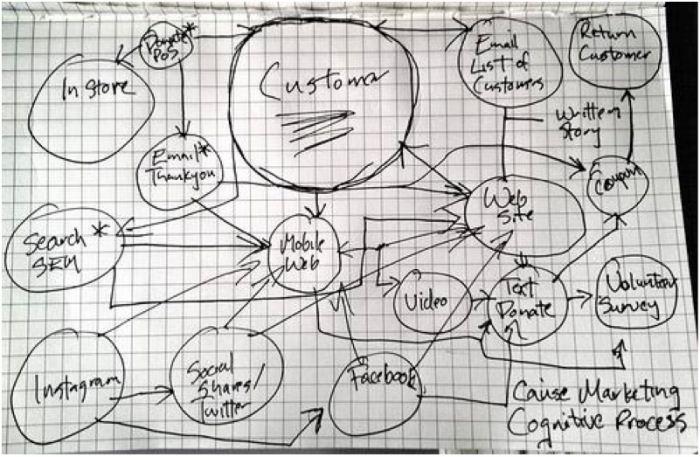
Image Credit: GeoffLivingston
For example, do stores understand why a customer abandoned his online cart and do they have processes in place that will ease the customer to come back to store and complete the shopping?
A good example would be an eCommerce store using Marketing automation for tracking and analyzing user behavior on website. It then creates email workflow having conditions, filters that trigger to re-initiate the relation with customer through emails. The more salient of these is when businesses use cognitive tools for tapping into emotions of customers and delivering the experiences just at right time. IBM have suggested cognitive strategies to answer the following questions:
On who is the focus
Actions you want them to take
How they want to interact
Customer experience is one of the crucial marketing trends for 2017 and for the next coming years. The four technologies that will be key for marketing will be mobile solutions, cloud computing, IoT and cognitive tools. The smaller business can make best use of these trends by using automation tools, by introducing mobile desk solutions, combining offline sensors to the online world for better US, using cognitive tools based on UX that delivers best UX at the right time.


